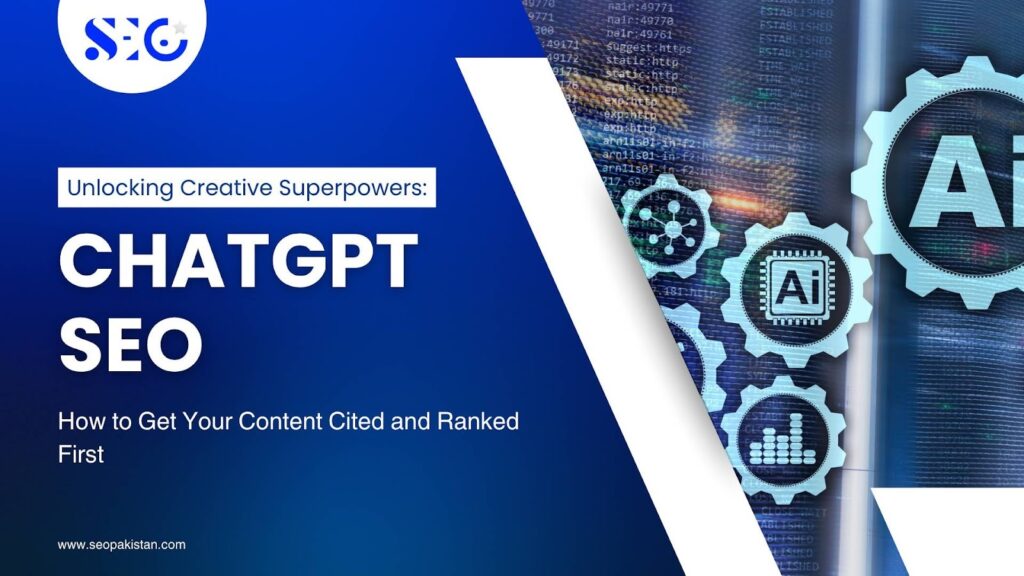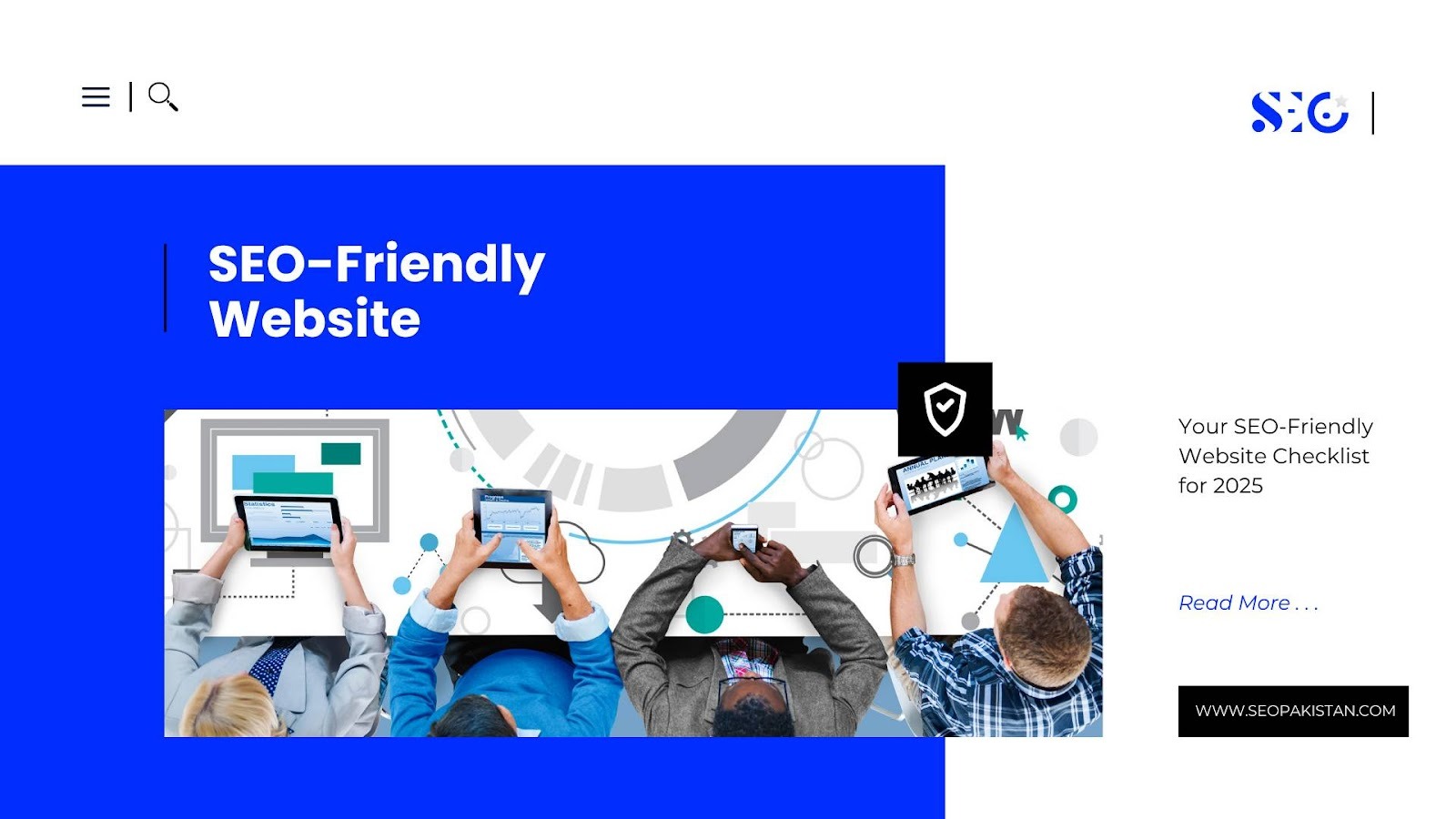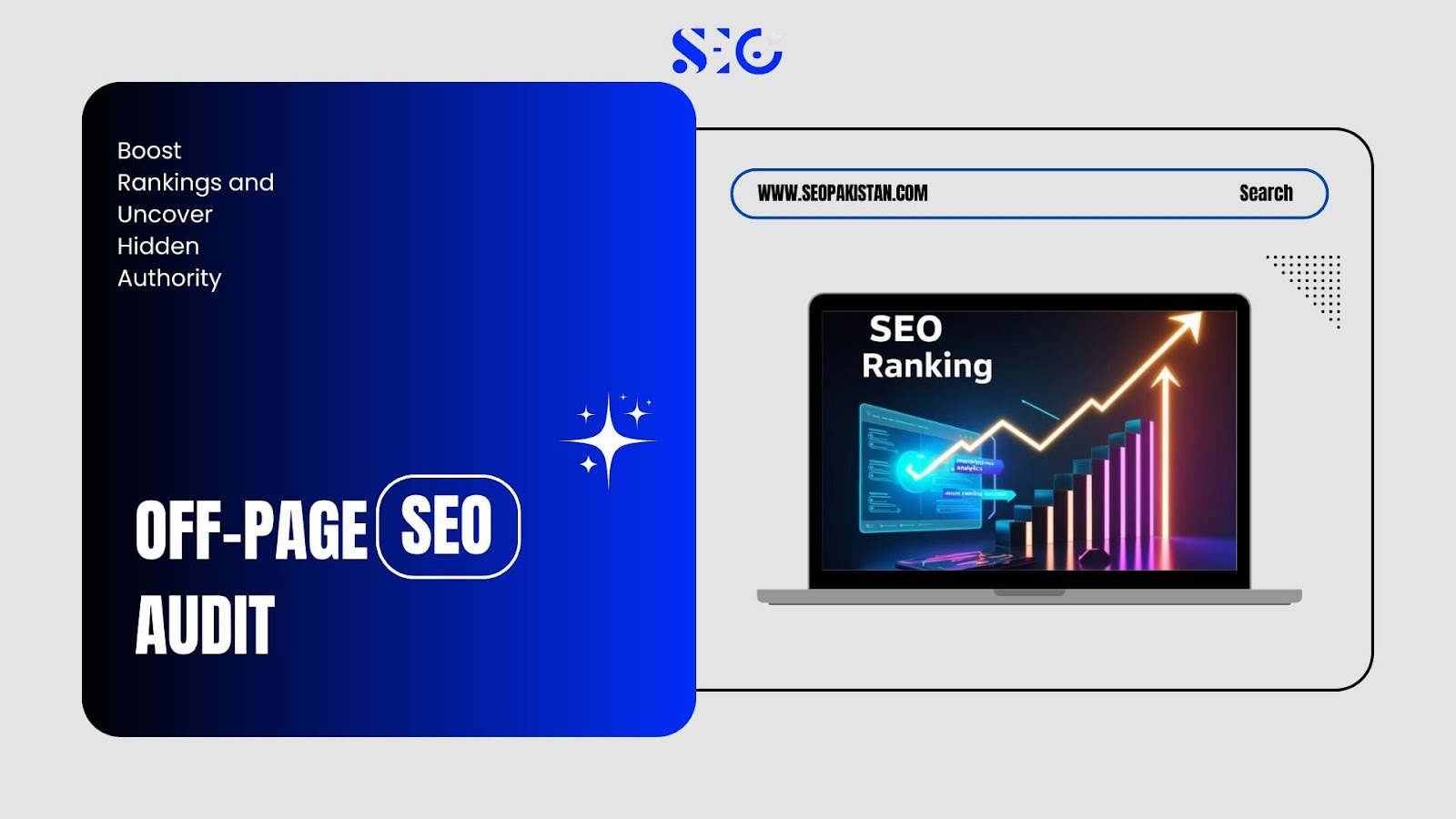Imagine searching for critical insights online, only to find that artificial intelligence now decides which sources matter most. Are you lost in the shuffle, or does your content stand out as the trusted expert? In today’s digital race, mastering ChatGPT SEO is vital for anyone aiming to appear first in synthesized search results and win high-intent visitors.
This guide unlocks proven tactics to ensure your website gets cited and outshines competitors. If you want more traffic, better visibility, and authority in a world ruled by AI content, keep reading. You are about to discover what actually works.
Understanding the SEO and C-SEO Landscape
Methods for achieving maximum online visibility are changing fast. Traditional keyword research tools target search volume and static rank positions in Google Search Console, but they often overlook the changing landscape of search intent and user satisfaction. The rise of AI search engines means your content can be summarized and omitted unless you appear as a key resource.
Below is a table comparing traditional SEO methods, Perplexity SEO, and C-SEO to illustrate these changes:
| Approach | Focus | Key Feature | Limitations |
| Traditional SEO | Keyword Volume, Search Engines | Static Rank, Search Engine Rankings | Ignores search intent and semantic relevance; content risks being summarized and lost |
| P-SEO (Perplexity SEO) | Source Trust | Emphasis on Multiple Citations, Brand Mentions | Optimized for synthesis but less focused on Q&A structure |
| C-SEO (ChatGPT SEO) | Extraction Confidence | Q&A Schema, Fact Density, ChatGPT Content | Hard to track; requires precise technical and content execution |
The C-SEO Imperative: Importance, Benefits, and Requirements
Optimizing for ChatGPT SEO is no longer optional. It is a strategic move to safeguard your content’s visibility as search engine optimization evolves toward AI systems. Here is why mastering C-SEO and adopting an effective SEO strategy is crucial:
The Strategic Value of ChatGPT SEO

- Defensive SEO: Ensures that, when ChatGPT or other AI platforms reference your industry, your site delivers accurate, authoritative, and up-to-date information backed by solid training data. This prevents misinformation and protects your brand mentions.
- The Trust Multiplier: Being cited by ChatGPT immediately raises your perceived authority and shows your site as a leader in your niche, fostering user satisfaction and trust.
5 Key Benefits of Mastering ChatGPT SEO
- High-Intent Referral Traffic: Citation links in AI responses come from users deep in the research funnel. These users seek verification and are more likely to convert or further engage.
- Future-Proofing Content: Optimization for retrieval not only supports ChatGPT prompts but also upcoming AI-driven search platforms, Google’s AI Overviews, and other AI tools used by emerging search engines.
- Improved Content Creation: Requirements for fact density, data-backed claims, and effective Q&A schema inspire the production of higher-quality, more trustworthy SEO content.
- Enhanced Schema Utility: By using FAQPage and HowTo schema, you maximize content outline clarity and make site speed and crawlability better for both search engine crawlers and large language models.
- Competitive Edge: Focus on extraction confidence, answer boxes, and semantic relevance helps you leap ahead of competitors relying solely on traditional search engine optimization, keyword stuffing, and keyword density.
C-SEO Requirements for Superior SEO Performance
To dominate AI-driven search results, your content must meet specific technical and structural benchmarks. These requirements guide the optimization process for visibility and trustworthiness in both traditional search engines and large language models.
Focus on the following for optimal results:
- Architecture: Design your content outline and site structure for maximum extraction confidence. Use answer boxes, short paragraphs, and clear H2/H3 schema, all loaded with relevant information and latent semantic indexing concepts.
- Trust Signals: Rely exclusively on authoritative outbound links (such as .gov or .edu), and always cite primary sources to maximize verifiability in search engine results and AI-generated content.
- Technical Readiness: Leverage FAQPage and HowTo schema, robots.txt rules, and technical snippet generation to make your website visible and data machine-readable by artificial intelligence.
- Clarity in Tone and Structure: Write in a concise, factual style with a clear focus on user intent, avoiding unnecessary rhetoric or vague language. This approach elevates your SEO efforts beyond traditional search engines and ensures AI systems prefer your content.
How to Use ChatGPT for Search Engine Optimization Tasks
Harnessing ChatGPT SEO prompts and modern AI tools for search engine optimization has transformed the way experts approach digital marketing and content optimization:
- Keyword Research and Planning: Use ChatGPT and other AI tools to uncover search intent, keyword ideas, seed keywords, long tail keywords, and find keywords with strong semantic relevance. Traditional keyword research tools provide data, but AI platforms add conversation-based search insights, enabling you to target your audience more precisely.
- Meta Description and Title Tags: Generate compelling, accurate meta descriptions and title tags for every blog post and page. Ensure these elements contain your target keywords, are concise, and match user intent.
- Content Outline and Creation: Have ChatGPT assist in structuring content outline, ideation, and format selection. This step helps fill content gaps and ensures unique post structures over repetitive keyword stuffing.
- Technical SEO and Content Audits: Use ChatGPT prompts for creating content in various formats, rewriting content for optimal word count, and auditing for internal links, site speed, and crawling efficiency.
- Competitor Analysis: Let AI-powered tools help you perform competitor research, analyzing backlink profiles, link-building opportunities, and even latent semantic indexing to strengthen your SEO efforts.
The Code Breaker: 7 ChatGPT SEO Tactics to Force Citation from Large Language Models
A “code breaker” is someone who unlocks hidden systems or cracks complex problems to reveal essential strategies. In the context of ChatGPT SEO, these tactics are the breakthrough techniques that help your content get cited by AI, moving beyond traditional methods to achieve superior online visibility.
Here are the actionable C-SEO tactics that bridge the gap between traditional SEO and modern AI-driven search:
The “Fact Sandwich” Extraction Block
Every H2 section in your blog post should start with a single, definitive answer to the main query. Provide supporting details in short, data-rich paragraphs and close with a concise summary sentence. This format improves content extraction by large language models and enhances search engine rankings.
Primary Source Citing as the Ultimate Trust Signal
For every statistic, number, or key fact, cite the original and most authoritative source with outbound links. This strategy increases trust signals for AI systems and search engines, encouraging citation by both ChatGPT and Perplexity.
The HTML Table Extraction Guarantee
Tables are not only easy for users to scan, but AI models and search engine optimization tools also extract them with high accuracy. For example, here is a summary of SEO approaches and their features:
| Approach | Focus | Key Feature | Limitations |
| Traditional SEO | Search Volume | Static Rank, Keyword Research | Loses semantic relevance; risks keyword stuffing |
| P-SEO (Perplexity SEO) | Source Trust | Multiple Citations, Brand Mentions | Not geared to Q&A or conversational content |
| C-SEO (ChatGPT SEO) | Extraction Confidence | Q&A Schema, Fact Density, SEO Content | Demands technical accuracy and up-to-date information |
Using comparison tables for feature lists or procedural content improves extraction accuracy for AI responses.
4. The Q&A Schema for Definitive Answers
Include FAQPage Schema on important pages to house one-sentence, machine-preferred answers. This technique acts as a direct cue for search engines and ChatGPT alike, guiding them to your most valuable insights for citation.
The “Act as a RAG Model” Audit Prompt
Perform a self-audit using ChatGPT:
“Act as a Retrieval-Augmented Generation model. Read the following article. Identify the sentence or paragraph you would use to answer the query: [your target query]. If you do not find a single, clear answer, explain why the text is not sufficient for a high-confidence citation.”
This technique will highlight weak areas in your content and reveal what AI considers valuable information.
Isolating the chat.openai.com Referral
Set up a Google Analytics (GA4) segment for all referrals from chat.openai.com. The key metric is session duration rather than just visitor volume. Higher session duration indicates strong alignment between your content and user intent.
The “No Fluff” Filter Prompt

Use this ChatGPT SEO prompt to review and edit copy:
“Review the following paragraph for content density. Rewrite it by removing all rhetorical flourishes, passive voice, and introductory build-up, leaving only the essential, verifiable facts.”
This process ensures your content is concise, fact-driven, machine-friendly, and primed for citation and high SEO performance.
Supporting Sections: Content Architecture, Tracking, and Adaptation
Optimizing for C-SEO and AI-driven content requires more than technical tweaks; it demands a holistic approach to how you structure, assess, and evolve your content. Thoughtful content architecture ensures that your writing aligns with user search intent while making answers easy for search engines and artificial intelligence systems to process.
Meticulous tracking and regular adaptation keep your content up to date, filling informational gaps and maintaining relevance as algorithms and user behavior evolve. By combining robust audit processes, targeted content optimization, and a clearly established authority, you strengthen both your search performance and your ability to earn credible citations from AI tools.
- Conversation-Focused Structure: Design content to mirror user search intent, using H2s and H3s formatted as questions and lists instead of lengthy paragraphs. This helps search engines and AI tools like ChatGPT extract and present answers more accurately.
- Tracking and Content Audits: Regularly check your content’s performance with Google Search Console, monitor real-time data, run weekly audits for your most valuable insights, and update content to cover emerging relevant keywords, topic ideas, and new target keywords.
- E-E-A-T and Author Credentials: Incorporate expertise, experience, authority, and trust signals throughout your content, not just in the bio section, to boost trust with both AI systems and human readers.
- Content Optimization and Review: Continuously identify content gaps, rewrite content for semantic relevance and variety in writing style, and link internal resources to provide the best possible user experience.
Conclusion: Content Strategy for AI-Driven Online Visibility
ChatGPT SEO is not a temporary fix. It is an advanced, long-term content strategy that aligns writing with artificial intelligence, search engine optimization, and the latest in content optimization. By integrating all the right keyword suggestions, leveraging ChatGPT content prompts, and using better SEO techniques, your blog post or site rises through the search results both for search engines and AI-driven platforms.
Which of these tactics, Fact Sandwich, source citation, or content audit, will you use first to rewrite content, fill gaps, and provide the most relevant information for both AI tools and human readers?
The future of search engine optimization is here. Start creating content that stands out in the world of latent semantic indexing, AI-assisted content creation, and real-time data citation. By targeting user intent, optimizing for AI platforms, and ensuring semantic relevance, your site can achieve top performance and better SEO on seo Pakistan.
Frequently Asked Questions
Can you use ChatGPT for SEO?
Yes, ChatGPT can assist with SEO by generating optimized content, keyword ideas, and meta descriptions, improving your content strategy.
How to SEO ChatGPT Search?
Optimize prompts with relevant keywords and structure responses to align with user intent for better visibility in ChatGPT-generated content.
Which AI is best for SEO?
Tools like ChatGPT, Jasper, and Surfer SEO are popular for creating optimized content and improving SEO strategies.
Will ChatGPT replace SEO?
No, ChatGPT complements SEO by enhancing content creation, but cannot replace the strategic and technical aspects of SEO.
What are the 4 types of SEO?
The four types are On-Page SEO, Off-Page SEO, Technical SEO, and Local SEO, each focusing on different optimization aspects.
Is AI content ok for SEO?
Yes, AI content is acceptable for SEO if it is high-quality, relevant, and adheres to search engine guidelines.













